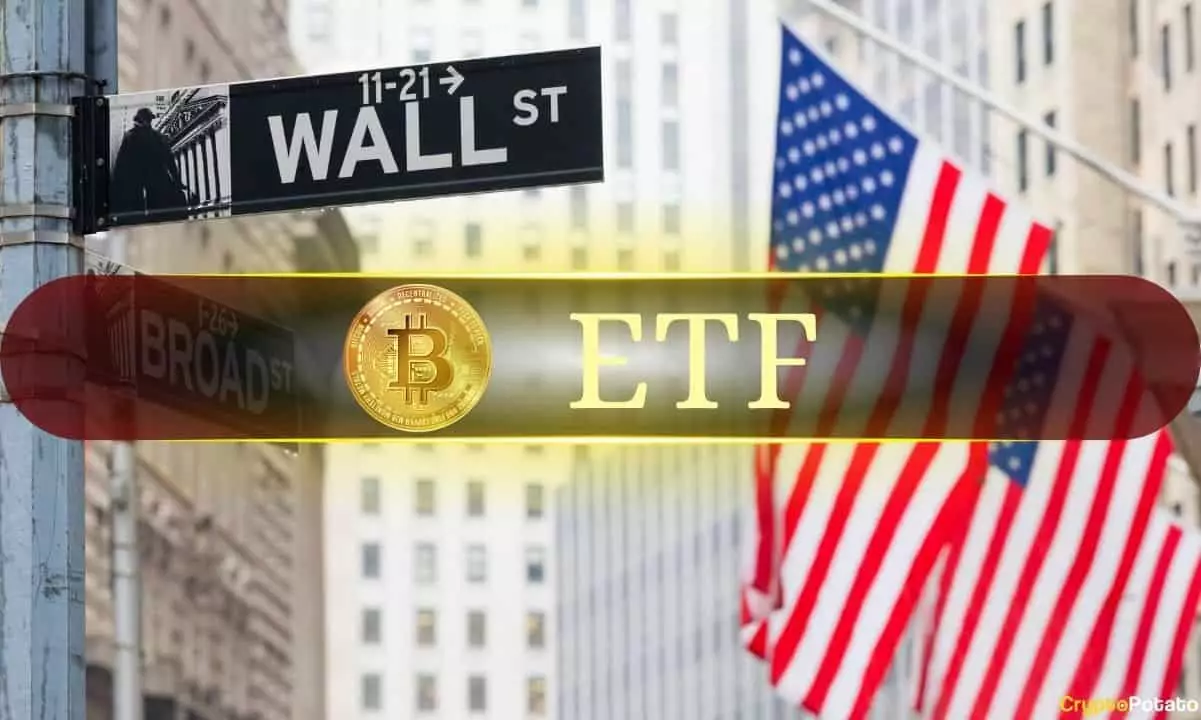Cryptocurrency has had its fair share of ups and downs since its inception, with Bitcoin (BTC) taking center stage as a volatile asset that captures the interest of investors worldwide. However, recent trends suggest a decline in demand for Bitcoin Exchange-Traded Funds (ETFs) within the United States. A comprehensive examination of market dynamics reveals a troubling pattern of outflows and reduced enthusiasm among investors. This article delves into the factors influencing the current state of Bitcoin ETFs and contrasts it with the performance of Ethereum (ETH) counterparts.
February 2025 has shaped up to be a notably bleak month for Bitcoin ETFs, with a pronounced trend of withdrawals overshadowing any positive movement. Data reported by FarSide indicates that on most days, outflows continue to dominate, leading to a concerning overall climate for Bitcoin investments. Unlike typical seasonal patterns where one might expect gains, February has historically held the promise of burgeoning optimism for BTC, yet this year has defied expectations. For instance, there have only been a mere four days, specifically February 4, 5, 7, and 14, where net inflows were observed—a sharp contrast to the robust trading days that characterized Bitcoin in prior years.
Investors initially welcomed the launch of 11 spot Bitcoin ETFs in January 2025, enthusiastically shifting their assets from the Grayscale Trust to other funds. The enthusiasm spiked as significant financial institutions like BlackRock and Fidelity rolled out their own ETF offerings. This optimism was, however, short-lived. The lack of substantial activity throughout the summer months raised eyebrows, but the narrative took a dramatic turn post the U.S. elections, with the hope of a more favorable regulatory landscape igniting fresh investments into the funds.
Unfortunately, as weeks followed and February set in, this fervor dissipated. The political climate, influenced by President Trump’s actions and controversial stances, appears to have strained investor confidence, manifesting in diminished inflows. This bleak sentiment underscores a broader trend where political events can significantly influence market behavior, especially in a landscape as unpredictable as cryptocurrencies.
The sheer magnitude of withdrawals speaks volumes about investor sentiment. Notably, January 20 witnessed an eye-watering outflow of $364.8 million, marking it one of the most substantial exits in Bitcoin’s ETF history. Even the largest Bitcoin ETF, IBIT, faltered, registering $112 million in withdrawals on that date. Cumulatively, BTC ETFs have experienced a staggering $1.1 billion in net outflows since February 6, setting an unsavory record as the worst month since the products’ inception over a year ago.
This outflow has illuminated a critical concern: Investor confidence is waning, casting a shadow over the fundamentals that once drove substantial investment into Bitcoin. The volatility endemic to cryptocurrencies is compounded by external factors, making the current market scenario even more precarious.
In stark contrast, Ethereum ETFs have demonstrated comparatively stronger performance during February, despite also experiencing some withdrawal pressures. After a promising influx of $307.8 million on February 4, Ethereum’s exchange-traded products have since endured minor contractions, but the overall trend has remained more optimistic compared to Bitcoin. The recent cumulative withdrawals from Ethereum amounted to $13.1 million on one Thursday and $8.9 million the following Friday, highlighting an ongoing struggle yet showing resilience in investor interest.
Unlike Bitcoin, Ethereum ETFs are not experiencing a complete erosion of confidence; their market behavior suggests a more tempered reaction to shifting dynamics. While February brought several days of low double-digit inflows, Ethereum has not succumbed to the same drain plaguing Bitcoin ETFs.
The plight of Bitcoin ETFs amidst political discord and market fluctuations poses questions about their future viability. Investors are confronted with stark choices, weighing the risks against potential rewards in an unpredictable economic environment. While Ethereum may have the edge right now, the cryptocurrency landscape remains fluid, and a reinvigoration of interest in Bitcoin could emerge alongside favorable regulatory shifts and broader market stabilization.
The current landscape for Bitcoin ETFs paints a troubling picture, underscored by significant outflows and wavering investor enthusiasm. As the market continues to evolve, both institutional and individual investors must navigate these tumultuous waters with caution, keeping an eye on the broader economic indicators that will undoubtedly shape the future trajectory of cryptocurrencies.

